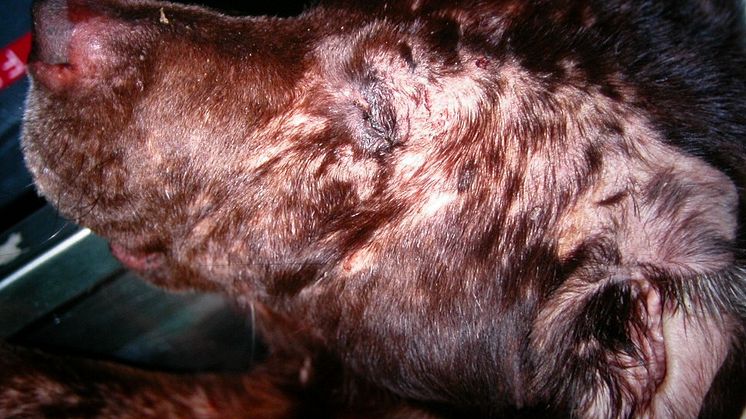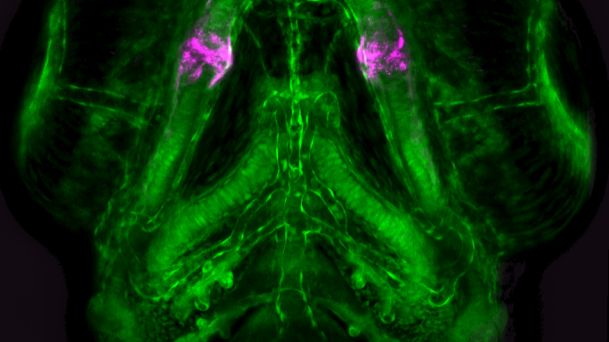New artificial model validates antibodies ability to reach the brain
A research group at Uppsala University has developed a simple and effective artificial blood-brain barrier model that can be used to determine how well antibody-based therapies can enter the brain. Today animal experimentation is the most common method for testing an antibody’s function and the new model could reduce the need for animal testing.



